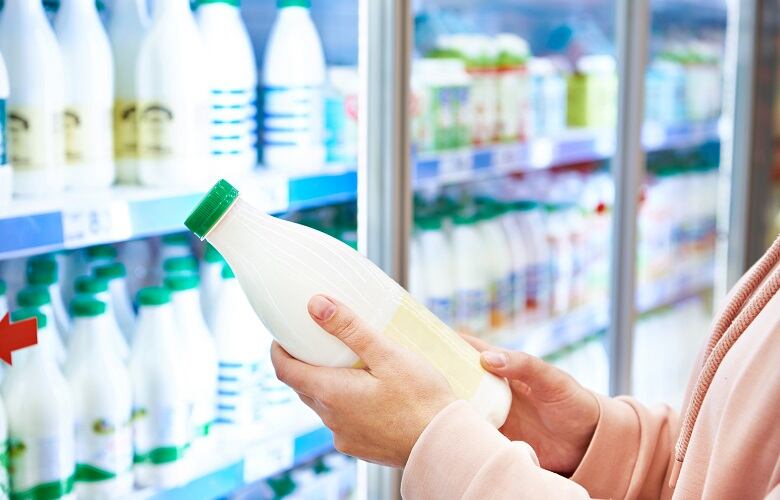Consumer behaviour analytics company Circana recently released its ‘Innovation Pacesetters’ report, chronicling product innovations in 2022 compared with 2021 in six major European markets (UK, Germany, France, Spain, Italy, and the Netherlands). While innovation in product launches overall decreased significantly - by 16% - since 2021, the report found that sustainability had in fact been ‘normalised’ among the public.
The spread of sustainability
For example, when asked what they notice in new products when they hit the shops, 68% of consumers say that they notice when it’s better for the environment, whereas 61% notice when it’s better for others.
There are a wide range of reasons for this, Ananada Roy, senior vice-president at Circana, told FoodNavigator.
“Sustainability in Europe is part of the ethos of younger consumers, there is a high level of regulation from the EU that Retailers and Brand Manufacturers must comply with, awareness and education of the impact of commercial activities on the environment, communities and individuals is well understood; and the prevalence of sustainable products is high so anything new that is ‘not sustainable’ sticks out and is unattractive.”
Many consumers also link sustainability with innovation. For example, 60% believed that innovative companies also ‘were more sustainable.’
“Manufacturers are reinforcing their sustainability (via packaging, ingredient sourcing, low-impact materials and on communities) as a way of meeting consumer expectation, retailer demand and justification of better value,” Roy told us.
However, it is retailers, not consumers, that Roy credits with the shift. A lot of this comes down to the need to conform with regulations.
Retailers are “driving sustainability as they reduce energy and waste, meet expectations from regulators and the local community (especially related to single use plastic, food waste); and prepare to comply with the European Commission’s proposed ESPR regulation – consequently a range of brands have had to re-formulate, re-design or upgrade their products to continue their listings by retailers or risk being dropped.”
The Eco-design for Sustainable Products Regulation (ESPR) is a proposed EU regulation designed to enhance circularity, energy performance and sustainability overall.
The decline of alt-dairy growth
The report also revealed slowing alt-dairy sector growth Sales in alt-dairy grew by 5% in 2022 compared with 10.1% in 2021, with the category’s value growing by 11% in 2022 compared with 11.3% in 2021.
“The alt-dairy category has begun to level out,” Roy suggested, “because (a) it has enjoyed several years of double-digit growth which is naturally not sustainable, you get to saturation at some point but more likely (b) they’re more expensive to buy (c) products are ultra-processed foods and not seen as healthy options anymore (d) sustainability claims don’t stack up as they have high food miles (grown far from where they’re consumed), not affordable by the communities that grow them, impact the bio-diversity of the fields being turned over to their cultivation – effectively they have high impact on the local community, local environment and materials used.”
There is also the case of regulation. “The European Commissions intended regulation banning them using the word ‘milk’ is going to be a significant blow to demand.”
Despite this decline in growth, Circana’s report shows that some alt-dairy brands are still highly successful. Take plant-based butter brand Upfield, for example, (famous for its ‘I can’t believe it’s not butter’ slogan) whose recognition of the plant-based trend and targeting of promotions during an uptick in butter prices saw them achieve significant results.
Upfield’s sales in 2021 were 12m, with a new product innovation taking up 5m of these. It paid off, because in 2022 they had over 19m sales.
Upfield owes its success to a number of factors, said Roy. “Upfield was successful because they (a) had a legacy brand that consumers recognised, (b) reformulated their product with rapeseed oil to reduce 40% calories (c) kept their prices stable for months when all around prices were rising (d) timed promotions when butter price inflation was highest (e) targeted distribution to larger stores or stores where sales were higher (f) got into the trend early before the market was crowded by other brands, private labels at all price points.”



